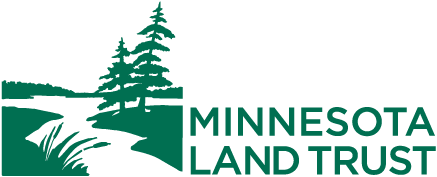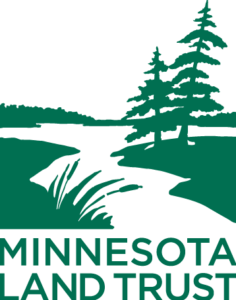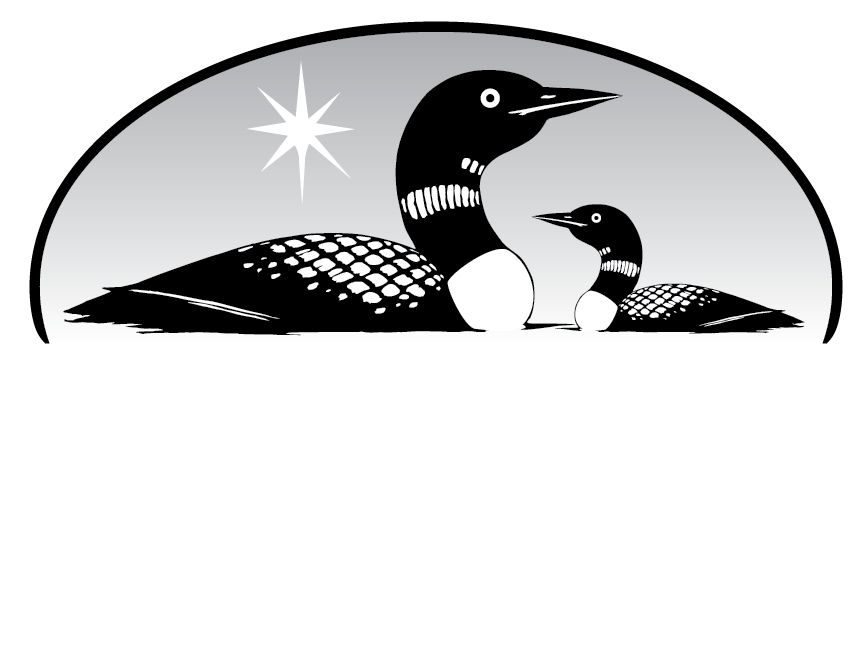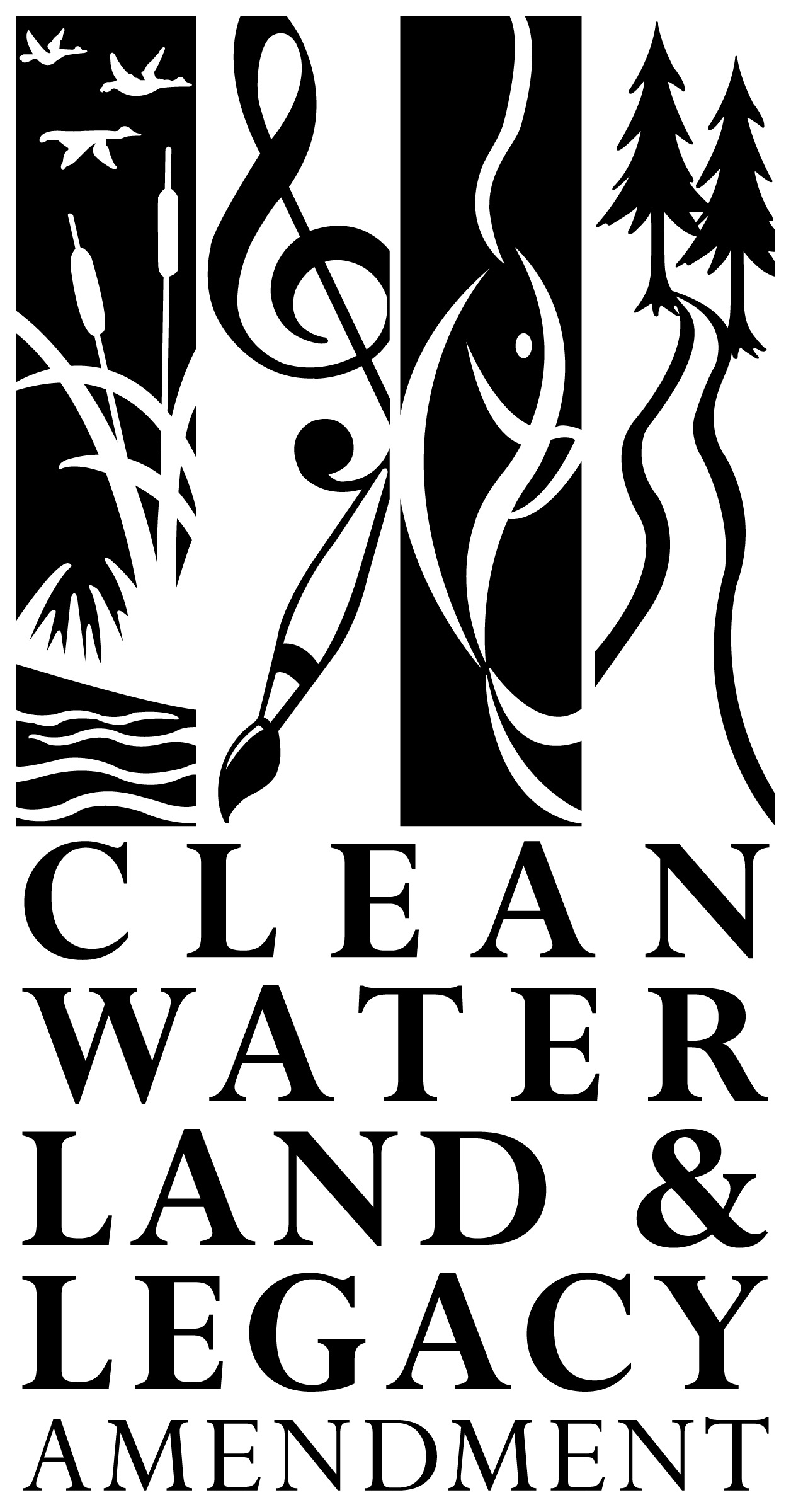Restoring & Protecting Habitat
The Minnesota Land Trust is working to protect and restore monarch butterfly habitat in Minnesota, where less than 2% of native prairies remain. To date, we’ve completed over 360 projects preserving native prairie and grassland, and helped restore 3,000 acres of prairie across the state.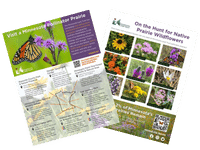
With your support, we can do even more. Help monarch butterflies today by downloading our pollinator prairie guide, a free gift from the Minnesota Land Trust to you!
Can you do even more for monarchs? Your generous gift helps build critical monarch habitat right here in Minnesota!
Get Your Free Gift!
Submit your name and email below for instant access.
Now endangered monarch population down 22–72%
By now you’ve heard the news. The migrating monarch butterfly population has declined by as much as 72% over the last ten years largely due to habitat loss caused by human activity.
Logging and deforestation have destroyed substantial portions of the butterflies’ winter habitat in Mexico and California.
Additionally, the use of pesticides and herbicides has poisoned butterflies and destroyed milkweed, the host plant that monarch larvae rely on for survival.
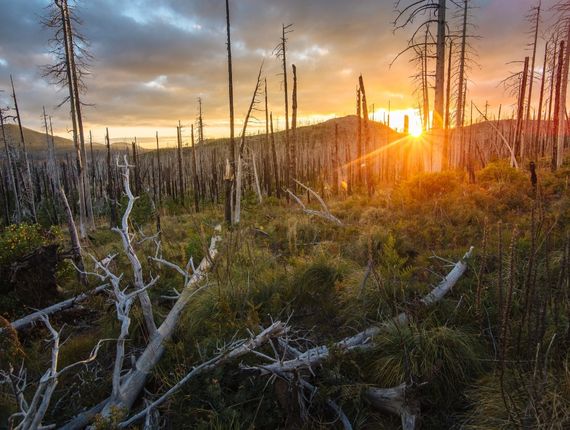
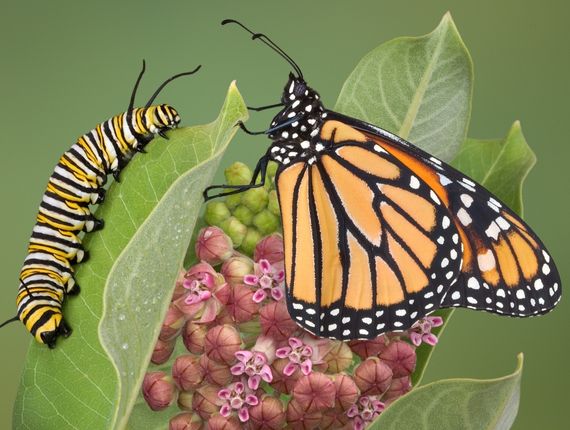
Climate change has also accelerated monarch butterfly declines. Climate-related wildfires are an increased threat as are the droughts that limit the spread of milkweed, while temperature extremes disrupt the timing of monarch migration with milkweed and other plant availability in the north, reducing the monarchs’ ability to find food and reproduce.
But there is hope.
When we come together we can make a positive difference.
Together, we can protect and restore healthy, diverse prairie landscapes full of native flowers that are critical to monarch butterflies’ survival and recovery. In fact, we’re already doing that work across the state of Minnesota. But monarch butterfly survival depends on us doing even more. Will you help?

Will you help Minnesota’s pollinators, including monarch butterflies?
Yes! I want to become a supporter and help restore more pollinator prairies in Minnesota.
Resilient pollinator habitat created in Red Wing, MN
The Minnesota Land Trust and our partners have helped restore 3,000 acres of prairie across the state, including converting 135 acres of former crop fields in Minnesota’s resilient Southeast blufflands to pollinator prairie. We planted a diverse assortment of native prairie grasses and flowers appropriate for a Southern Dry Prairie landscape, including purple prairie clover, stiff sunflower, prairie wild onion, blazing star and butterfly weed.
The native plants established and flourished quickly, providing habitat for small animals and food for creatures as small as bumblebees and as large as white tailed deer. Check out the beautiful transformation below! Want to visit this restoration site? Download our pollinator prairie guide for more information.
Join the Minnesota Land Trust as a supporter and help us ramp up protection and restoration of monarch butterfly habitat.










3 Reasons to protect & restore Minnesota’s prairies
Minnesota’s prairies are disappearing. Prior to European settlement, 18 million acres of rich, diverse native prairie blanketed the land that would become Minnesota. Today, only around 200,000 acres of native prairie remain. Prairies are a critical landscape in Minnesota and they play an important role as a major global ecosystem.
Here’s why it’s critical to support Minnesota prairie protection and restoration:
1. Prairies help slow climate change & mitigate flooding
One acre of pristine prairie that has not been tilled or over-grazed can store 5 tons of carbon. Preserving prairies can help stabilize the climate, critical for the ongoing survival of many species, including humans.
Locally, deep-rooted native prairie plants regulate surface water runoff which reduces flooding, an important feature of these landscapes as we face more extreme weather events due to climate change.
Can you chip in to protect native prairies?
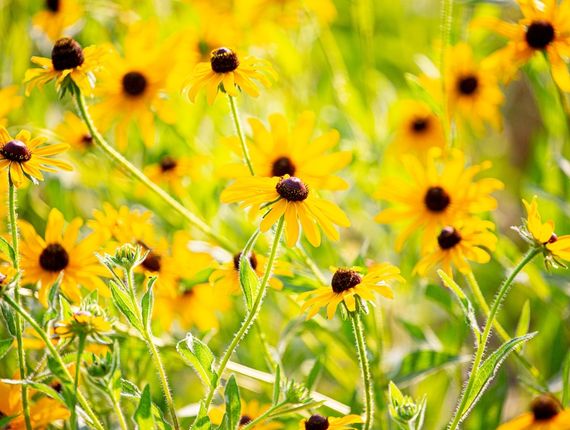
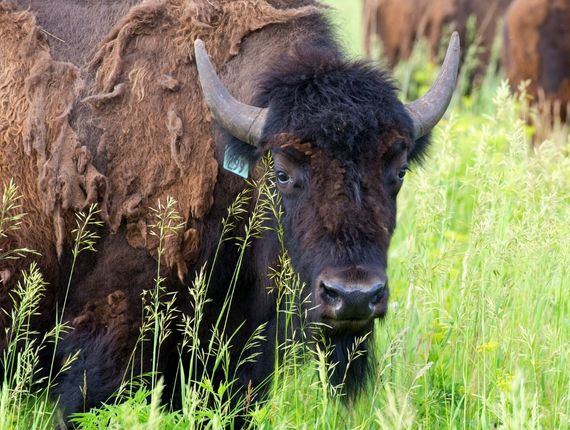
2. Prairies support diverse species
Prairies provide essential habitat for diverse wildlife, from the tiny western harvest mouse to bison, a keystone species that is culturally significant to Lakota and Dakota people, and the largest mammal in North America.
Minnesota prairies are home to a number of birds including western meadowlarks and burrowing owls, and host 32 species of migrating shorebirds that rely on shallow prairie wetlands.
Support the species that rely on prairie and grassland habitat for food and shelter.
3. Prairies are part of an interconnected food system
Some of the smallest and most industrious residents, prairies are home to hundreds of insect pollinator species, including bees, butterflies, moths, flies and beetles.
Without them, plant communities would decline, as would the availability and diversity of fruits and vegetables that humans rely on.
Be a hero for butterflies, bees, moths, and beetles!
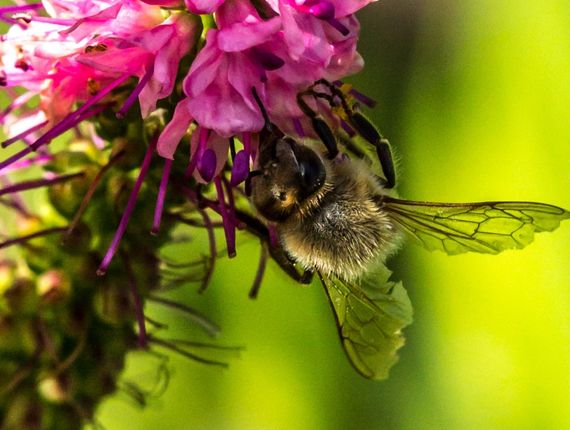
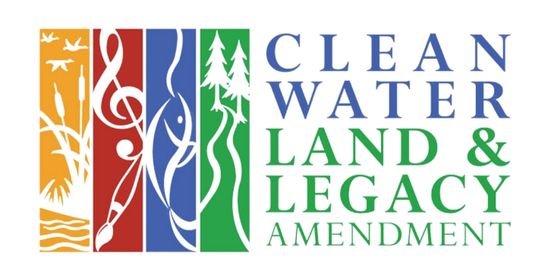
Funding for the initial acquisition of the Easement where the Red Wing restoration work took place was provided by Minnesota’s Outdoor Heritage Fund as recommended by the Lessard-Sams Outdoor Heritage Council (LSOHC). Specifically, the Easement was funded through the Southeast Minnesota Protection and Restoration-Phase IV program under grant number 112440 from the Minnesota DNR to the Minnesota Land Trust. The purpose of the grant is to acquire permanent conservation easements in southeast Minnesota.
